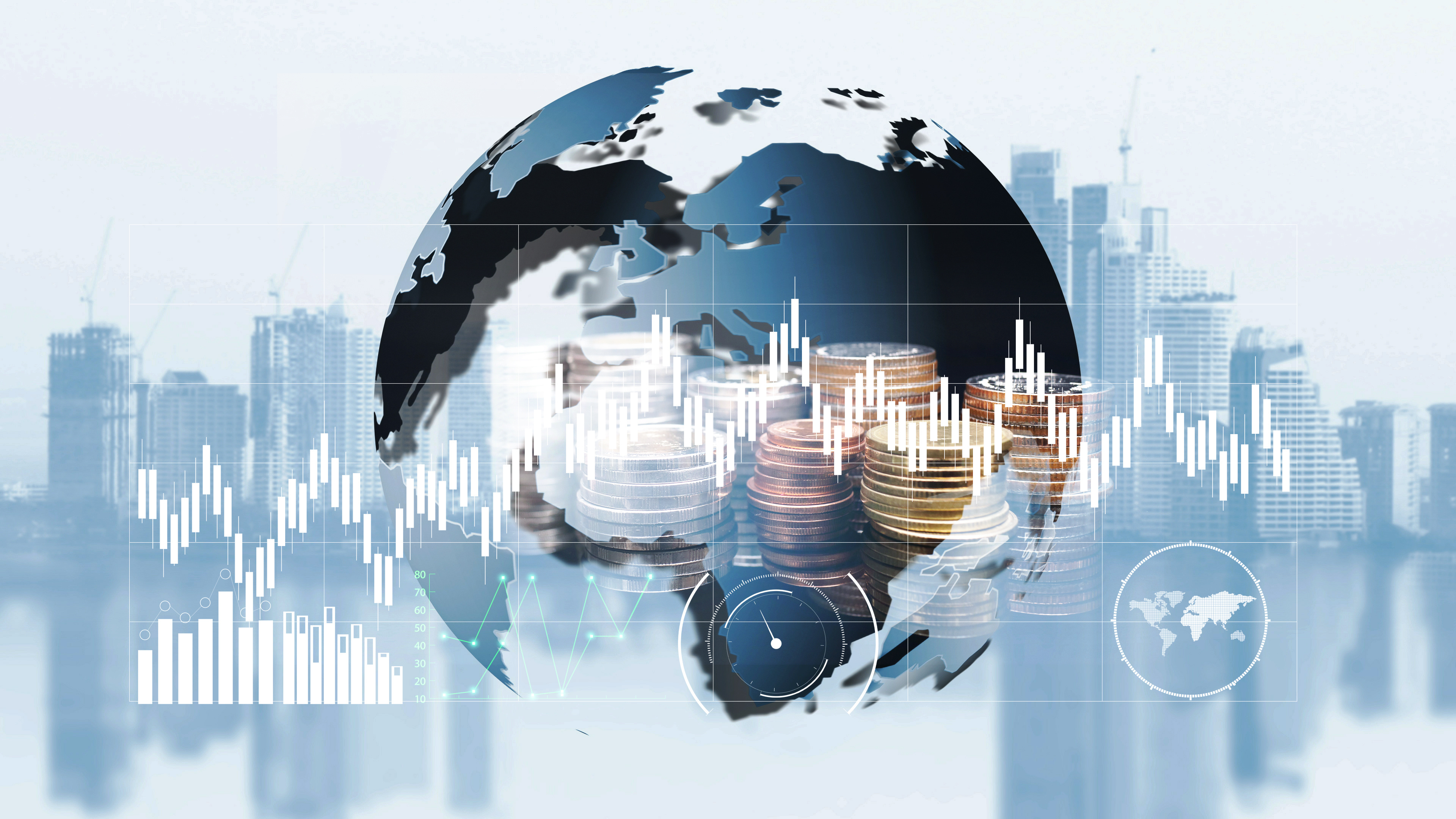
The UN Conference on Trade and Development (UNCTAD) has posted a pessimistic outlook for global trade in 2023, despite a return to growth following a downturn in the second half of 2022.
Over the first three months of 2023, trade in goods went up by 1.9% from the last quarter of 2022, adding about $100bn in value. Global services trade also increased by 2.8%, worth an additional $50bn.
However, UNCTAD’s latest Global Trade Update predicts a slowdown in global trade growth due to persistent inflation, ongoing vulnerabilities in financial markets, the war in Ukraine and wider geopolitical tensions.
Regions
Merchandise trade growth has been mixed among the major economies during the last four quarters with Brazil, India, the US and the EU witnessing significant increases in both imports and exports.
All regions saw international trade grow, except for Russia and central Asian economies.
Global trade trends were influenced by the energy sector, where rising prices resulted in higher trade values until an 11% quarterly drop between January and March 2023. Other sectors that experienced trade increases were agri-food products, apparel, chemicals and road vehicles.
Trends in trade
The report points out that “friend-shoring” has been on the rise since late 2022, with countries prioritising trade with others that share similar political values.
It also notes “a decline in diversification of trade partners, implying that global trade has become more concentrated among major trade relationships”.
In the past 18 months, the decoupling of US-China trade interdependence has seen the US become less significant as an export market for China.
‘Subpar’
UNCTAD’s latest report is slightly at odds with its predictions in March when it said it expected trade to stagnate to about 1% in the first quarter before rallying later in the year, reports the National.
Other international business bodies have been similarly downbeat about trade growth this year with the WTO predicting a “subpar” growth of 1.7% in 2023.



